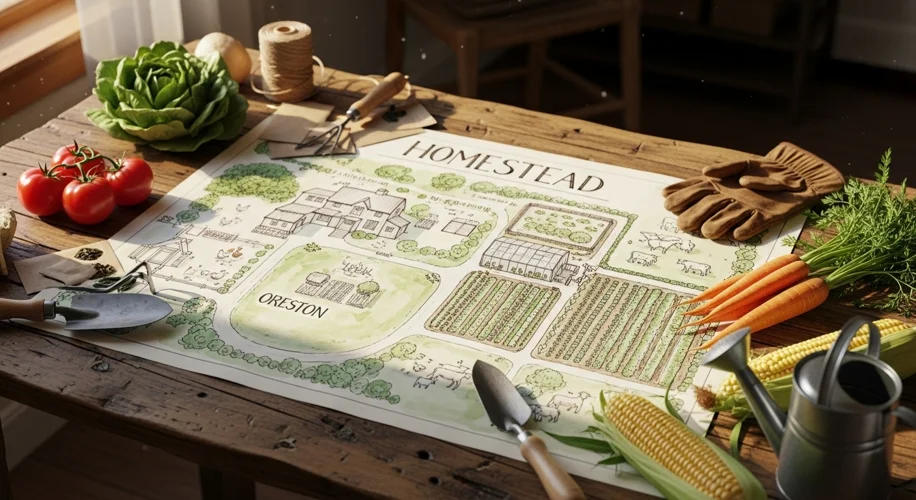Hey everyone, Elias here! Today, I want to dive into something that sparks a lot of conversation in our community: the idea of homesteading.
Recently, I came across a candidate’s detailed homestead plan, and it got me thinking about the practical side of making such a dream a reality. It’s not just about a romantic vision; it’s about solid planning, especially when it comes to finances and choosing the right location.
Realistic Expectations are Key
When we talk about homesteading, it often conjures images of self-sufficiency, living off the land, and a simpler life. While those are wonderful aspirations, it’s crucial to ground them in reality. A well-thought-out plan acknowledges the financial investment required. This isn’t just about buying land; it’s about the costs of building or renovating, setting up essential infrastructure (like water, power, and waste systems), acquiring livestock or seeds, and having a financial cushion for unexpected challenges.
Looking at the plan, I was impressed by the attention to financial considerations. Breaking down potential costs for initial setup, ongoing maintenance, and even income generation (whether from selling produce, crafts, or other ventures) is vital. It helps manage expectations and ensures the homestead can become a sustainable way of life, rather than a financial strain.
Location, Location, Location
Choosing a location is another massive piece of the puzzle. It’s not just about finding a pretty piece of land; it’s about understanding its suitability for your homesteading goals.
Things to consider include:
* Climate: Does it support the crops or animals you want to raise?
* Water Access: Is there a reliable source of clean water? How will you manage water for irrigation and daily use?
* Soil Quality: What is the soil like? Will it need significant amendment to be productive?
* Local Regulations: Are there zoning laws or restrictions that might affect farming, building, or keeping certain animals?
* Community and Resources: What’s the nearest town like? Are there local markets, farm supply stores, or a supportive community of other homesteaders?
Each of these factors can make or break a homesteading venture. A plan that thoroughly explores these aspects, as this one did, shows a real commitment to making the dream work. It’s about finding a place that not only looks good but also works for you and your goals.
Exploring Different Scenarios
What I particularly appreciate about this kind of detailed planning is that it opens the door to discussing various homesteading scenarios. Not everyone wants or can have a sprawling farm. Homesteading can look very different depending on your resources, skills, and desired lifestyle. It could be:
- A small urban homestead with raised beds and perhaps a few chickens.
- A rural homestead focused on market gardening.
- A larger property dedicated to livestock and forestry.
Understanding the financial and locational requirements for each scenario helps tailor the plan to individual needs and capabilities.
This kind of thoughtful approach to homesteading is exactly what I love to explore here. It’s about practical steps, smart decisions, and building a life that’s connected to the land, in whatever form that takes.
What are your thoughts on planning for a homestead? What factors do you think are most important? Share your experiences and ideas in the comments below! Let’s get our hands dirty (metaphorically, for now!) and learn from each other.

